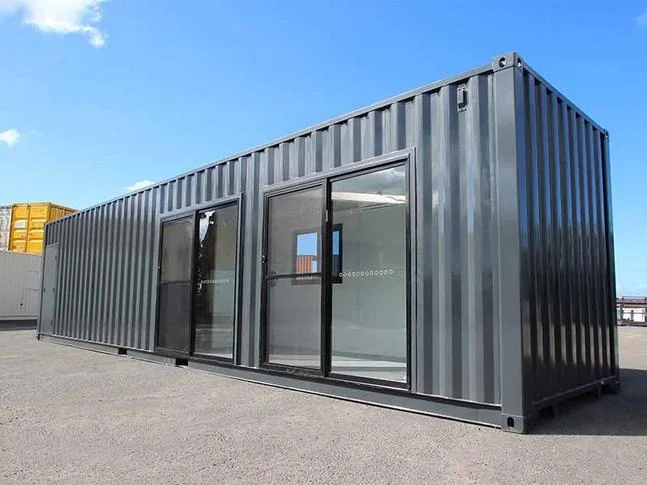If you want to buy a 40-foot used shipping container, what should you look for to make sure it fits your needs?
There is a lot of space and flexibility in these big containers, but it is important to know what their main features are so you can make an informed choice.
Moving from smaller containers, like 20-footers, to 40-footers, which are bigger and can hold more, opens up a lot of possible uses. This article will explore five key features that you should carefully inspect when evaluating SCF 40ft shipping containers.
1. Exterior Inspection
When you want to check out a 40-foot shipping container, start by looking at the outside. For damage that you can see, like dents, rust, or holes, look at the outside of the container. The walls and roof must be strong and straight, with no big cracks or bends. If you want the container to stay stable, pay close attention to the corners and edges.
Also, make sure the doors open and close properly by checking them. The door seals should be intact to keep water and pests out. Checking the exterior carefully helps you know if the container is in good shape and can protect whatever you store inside.
2. Flooring Condition
Next, look at the condition of the floor inside the container. Most shipping container floors are made of strong plywood or steel. Look for any signs of damage, like cracks, holes, or rot in the wood. The floor should be even and sturdy, without any soft spots or areas that feel weak when you walk on them.
If the container has a steel floor, check for rust or corrosion. A solid, undamaged floor is crucial because it supports the weight of everything you put inside. Ensuring the flooring is in good condition means your goods will stay safe and secure.
3. Internal Space
It is important to look at the inside space of a 40-foot shipping container when judging it. Step inside and take a good look around. Measure the length, width, and height to make sure it matches the standard dimensions: about 40 feet long, 8 feet wide, and 8.5 feet high.
For the space to be useful, make sure there are no damage or obstructions. To keep the things you store safe, check the walls and ceiling for leaks and rust. Make sure the space is clean and dry. A well-maintained internal space means you can maximize the container’s storage capacity and protect your goods effectively.
4. Door Mechanism
The door mechanism is another key feature to inspect in a 40ft shipping container. Open and close the doors to ensure they move smoothly and lock securely. The hinges should be strong and free from rust or damage. Check the door seals for any cracks or wear, as these are essential for keeping out moisture and pests.
The locking bars should be straight and easy to operate, ensuring the container can be securely closed. If the doors don’t function properly, it can make accessing your items difficult and may compromise the container’s security. A reliable door mechanism ensures ease of use and protects your contents.
5. Ventilation Options
Good ventilation ensures that air flows freely inside the container, keeping the interior dry and reducing the risk of damage to your stored items. To maintain the quality of the contents, the container must have enough airflow if it will be used in a humid area.
If the container does not have enough airflow, you could add more vents or use portable dehumidifiers to control the amount of moisture inside. A key part of a shipping container that makes it useful for storage or transport is that it has the right ventilation options.
By making sure the container has good airflow, you keep the environment inside healthier and protect your items from damage caused by moisture.
Choose Containers that Meet Quality Standards
By investing in containers that meet high-quality standards, you’re not only securing a durable asset but also setting the stage for efficient and effective utilization in your endeavors. So, embrace quality-driven choices to maximize the value and performance of your shipping container investment.
Keep an eye for more latest news & updates on Chicago Heading!

